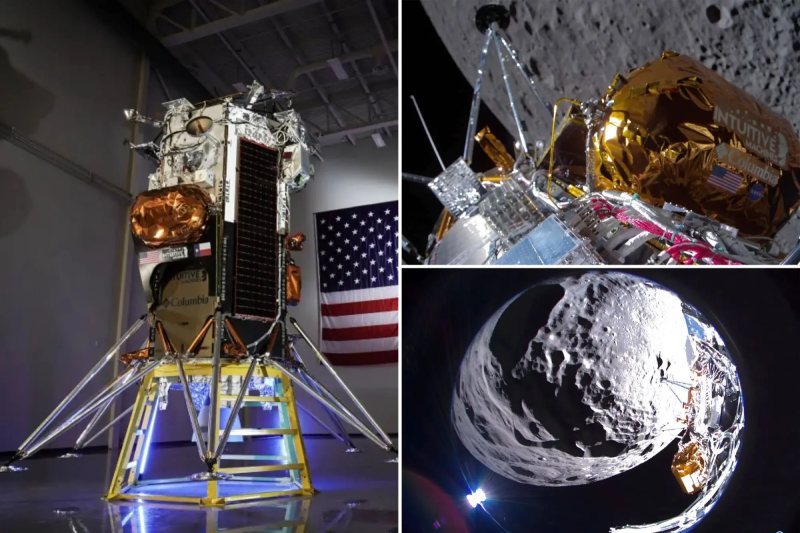The lander, known as Odysseus, was supposed to gather enough sunlight on its solar panels to switch on its radio this week, but Houston-based Intuitive Machines revealed late on Saturday that it had not called home.
On February 22, the lander touched down at an uneven angle, but it managed to do a number of tests and send back images before entering a weeks-long lunar night and ending its mission.
As Japan’s SLIM spaceship, which landed upside down in January, did last month, Intuitive Machines had hoped that it would also “wake up” once it saw sunlight once more.
Following several days of waiting, the company announced on Saturday that operators had verified the lander’s power system, dubbed “Odie,” would “not complete another call home.”
“This confirms that Odie has permanently faded after cementing its legacy into history as the first commercial lunar lander to land on the Moon,” added the statement.
Despite encountering several issues throughout its journey, like as the tip-over upon landing, Intuitive Machines and NASA have praised the mission as a success.
In addition, it marked the first American spacecraft to land on the moon since the human Apollo 17 mission in 1972.
Later this decade, NASA intends to send astronauts back to the Moon. As part of a plan to assign cargo missions to the private sector and support a lunar economy, it paid Intuitive Machines about $120 million for the trip.
NASA’s Odysseus spacecraft was equipped with a suite of equipment intended to enhance scientific knowledge of the lunar south pole, a location astronauts may visit later this decade as part of NASA’s Artemis mission.
Two further Moon missions are scheduled for this year by Intuitive Machines as part of NASA’s Commercial Lunar Payload Services (CLPS) program, which collaborates with the commercial sector.
In the future, the US and its allies hope to establish permanent settlements in the area, gather polar ice for drinking water, and create rocket fuel for planned future trips to Mars.
Topics #Permanently Slept #US Moon Lander










